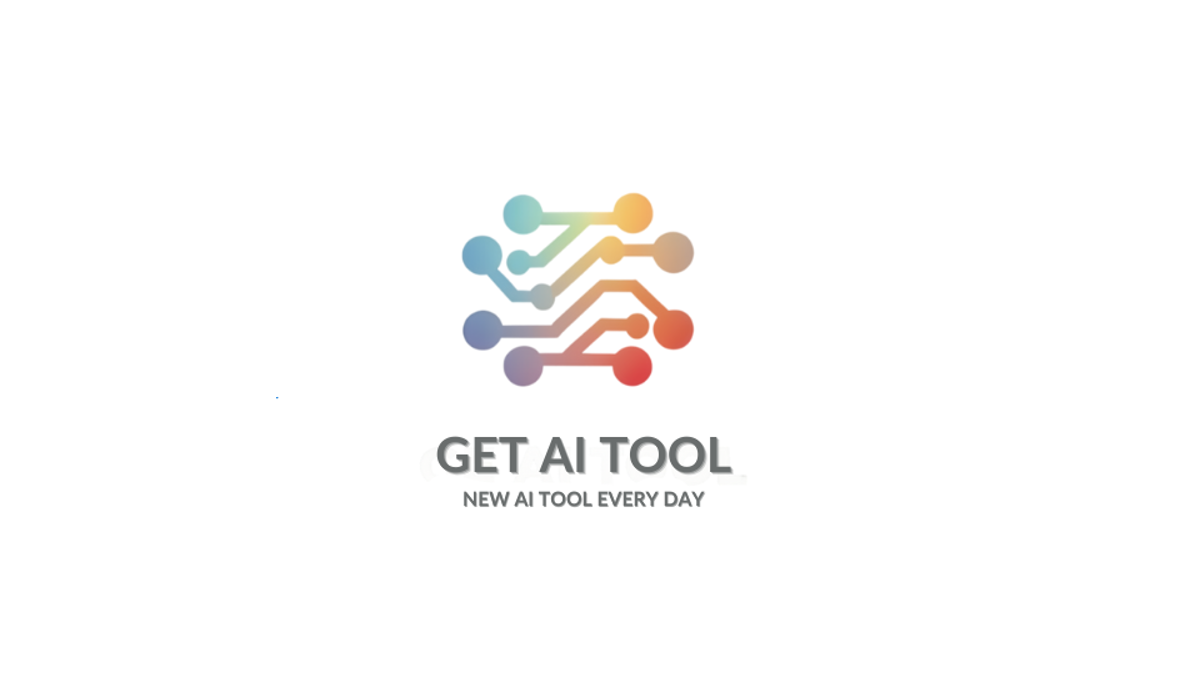Yesterday night, OpenAI launched its new language model, GPT-4o, and it comes with some of the most impressive features we’ve ever seen that AI can do, which we want to share with you.
So here are some of the features of the GPT-4o chat that catch our eye and make us scream with excitement:
GPT-4o communicates with the world via video, understands what it sees, and responds in real-time! –
GPT 4o has the ability to conduct video calls with you just like a human and give you feedback on the different actions you take while in a video conversation with the chat. In addition, it is capable of watching the screen of your computer or tablet while you do different tasks and giving you feedback on them or guiding you on how to perform tasks correctly. Is it possible to be closer to the future than here?
In these videos, you can see the GPT-4o in action:
GPT-4o understands voice and not just text –
and therefore can capture the tone of your voice and your mood in real time, He also knows how to communicate with you with his own voice and tone that adapts to the conversation and adds an emotional and human vibe that hadn’t existed before.
Sometimes it feels a little funny (but maybe it’s good). This allows for very human interaction and opens up a lot of unusual possibilities for communication and model assistance that would not have existed before.
Quick response –
If the slowness of the GPT-4 bothered you, you will be pleased to hear about this improvement in the GPT-4o. The chat currently responds to text much faster, with a speed of only 232 milliseconds and an average of 320 milliseconds, which is very similar to the human response time, allowing you to chat with him as if it were a real human being.
Non-English languages –
GPT-4o improves its translation and understanding of different languages.
Conclusion
OpenAI opened us yesterday to a glamorous and curious world we have not yet known in the field of artificial intelligence. We can no longer wait to see where it is going to evolve, whether it will take us to a better and much more diverse world, or whether all of this will make us much more careful of the dangers that could be images in such advanced technology









